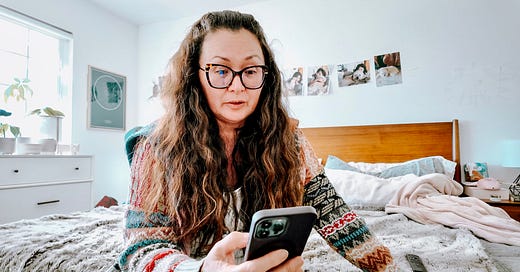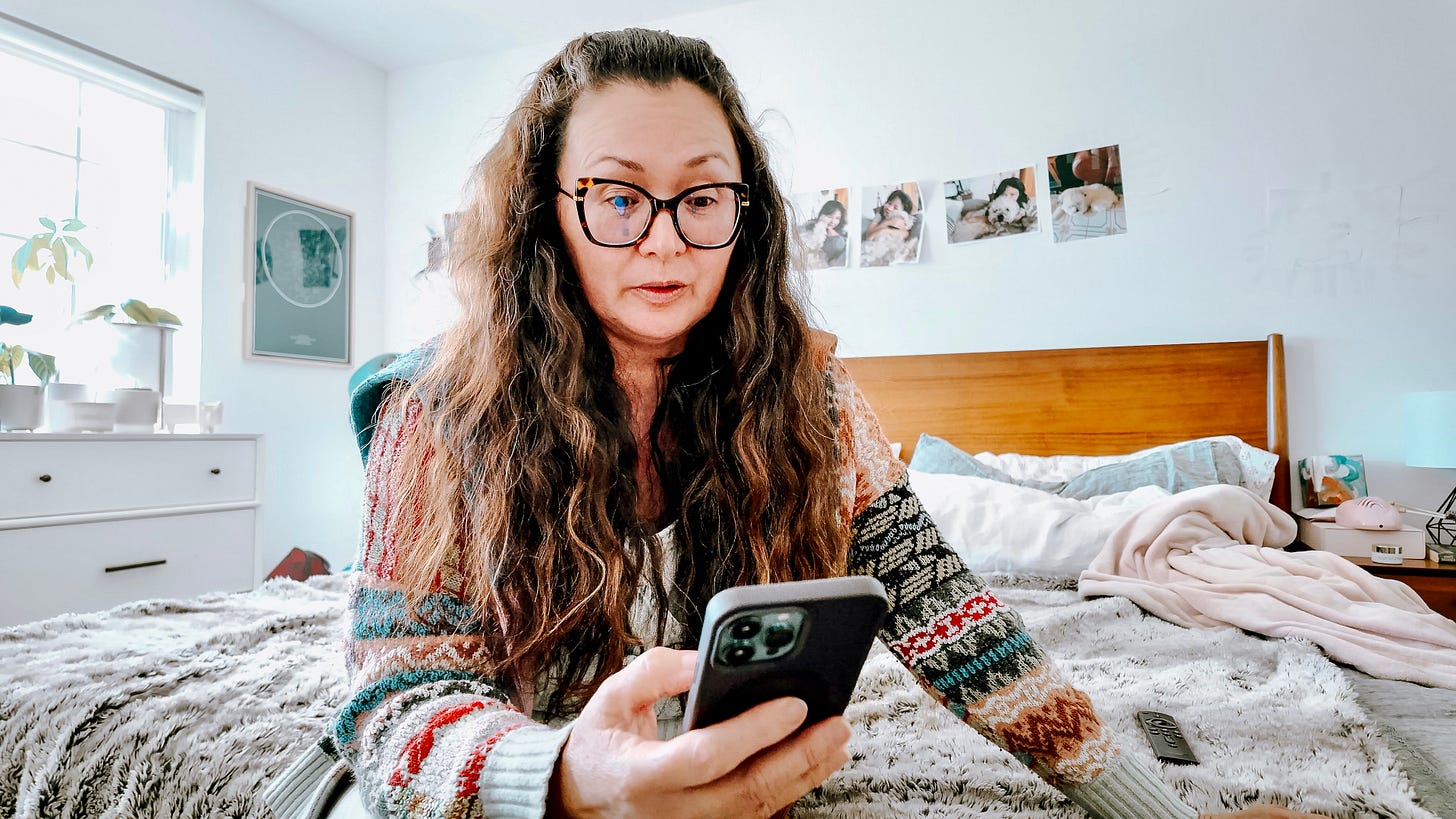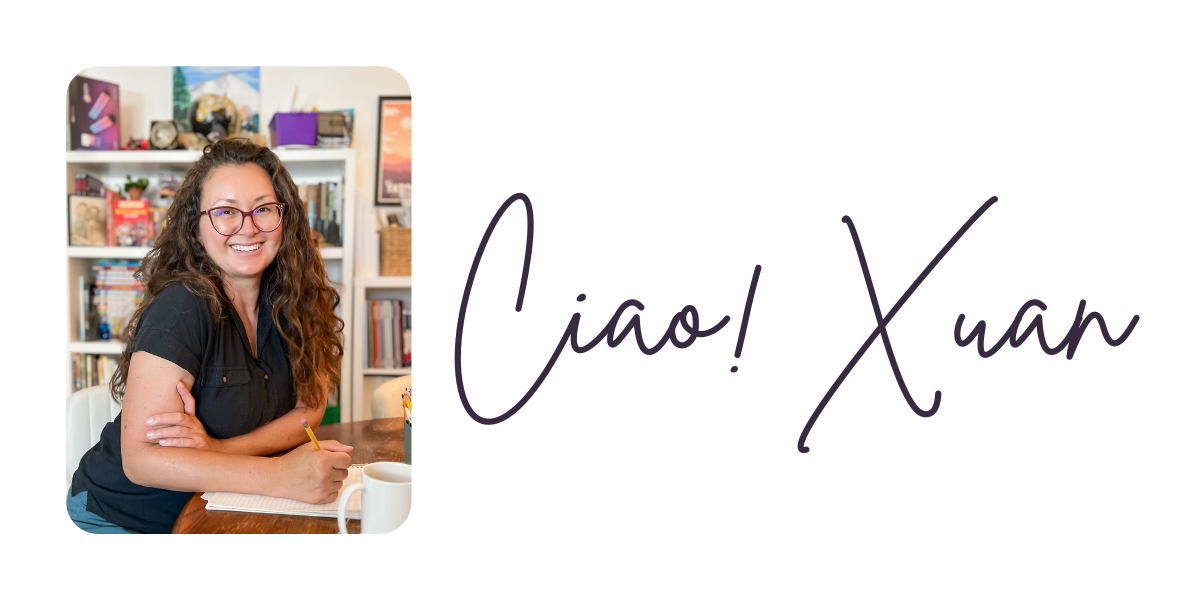It started with COVID. Like so many others, I found myself stuck at home, endlessly scrolling through Instagram and Facebook. The apps were designed for this—no natural stopping point, just an infinite feed of content, distractions, and dopamine hits. And I was hooked.
Facebook was the first to go. It wasn’t too hard to delete the app since the platform had already become a wasteland of rage-bait, political arguments, and posts from people I barely knew. But Instagram? That one was harder to quit. I love sharing pictures. I love capturing small moments. It felt like a creative outlet, a scrapbook of sorts.
But then reels came along. And suddenly, my feed wasn’t just updates from friends anymore. The algorithm started feeding me content it thought I would like—endless videos, inspirational quotes, how-tos, recipes, and what seemed like an avalanche of ads from small businesses. Instagram had shifted from a space of personal connection to a marketplace of content consumption. And while I knew Instagram was an incredible (and free) tool for marketing a business—unlike Facebook, where you have to pay to be seen—I found myself feeling uninspired, drained, and increasingly trapped by the endless stream of content.
I was wasting hours. I wasn’t reading books anymore. I had let go of hobbies I used to love. I didn’t feel good. So I deleted Instagram, too.
And I wish I could say I never looked back. But I did.
For a while, I still found myself logging in through my phone’s browser. It took me longer than I’d like to admit to realize what I was doing. But when I finally broke the habit? It was like waking up.
I started reading again—30+ books a year. I picked up my old hobbies: writing, multi-media art, knitting, crocheting, coloring, junk journaling, art journaling, hiking, walking. Life felt richer, deeper, more present. And it happened at the perfect time, just as my world was being turned upside down.
When my husband had his motorcycle accident and was home for a year, I had no distractions. I cared for him, we spent quality time together, and I wasn’t mindlessly scrolling my way through the hard days. I was fully there.
But then came my pivot.
I knew I didn’t want to go back to teaching, and my husband’s accident made me realize how reckless it had been to assume I didn’t need to work. Anything can happen. And with his job being as dangerous as it is, I needed to do something that gave me both purpose and security. So I trained as a life coach.
When I finished my training, I hired a business coach and launched my business. And with her guidance, I was back on Instagram (and Facebook), sharing content, promoting my offers, and marketing myself. I resisted downloading the Instagram app at first, but doing lives on my iPad was a hassle. So I put it back on my phone.
At first, I thought I had control. But the algorithm knew better.
Slowly, the mindless scrolling crept back in. The hours wasted. The feeling of being consumed by my phone. So now? I have to post and ghost. I delete the app after posting. I reinstall it only when I need to. It’s not perfect, but it’s a boundary I have to set.
But here’s the thing: when I look at my analytics, Instagram isn’t driving the growth of my business. My traffic comes from Substack. From YouTube. From my podcast (even though it’s brand new!). From my homeschool blog (which I’ve neglected in favor of business-building). Instagram, for all its allure, isn’t the thing that’s moving the needle.
So why am I still holding onto it?
I don’t have a perfect answer. Part of me still believes I have to use it. That social media is just what you do when you run an online business. But the other part of me—the one that’s been through this cycle before—knows better.
Maybe I don’t actually need Instagram. Maybe I just think I do.
Maybe the best marketing is the one that feels good. The one that fuels me, rather than drains me.
Maybe it’s time to let go.
Again.






